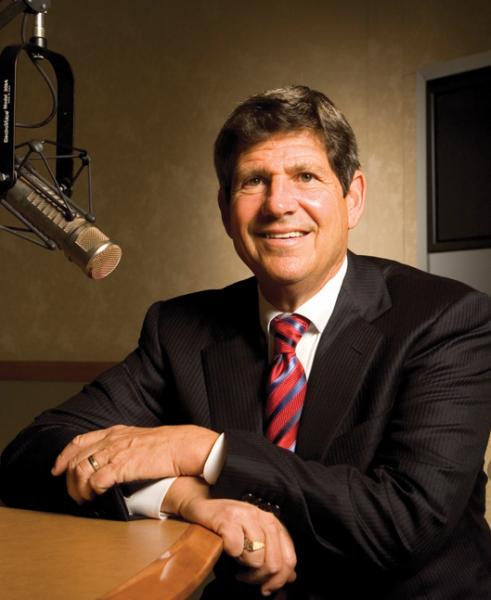Smulyan Got Radio In Consumers’ Hands, Now What About DTV?
About two weeks ago Telco Sprint announced that it would soon begin offering several cell phones with an internal chip that can receive over-the-air FM radio broadcasts. It’s not IP delivered radio, its pure RF.
The agreement—which ensures that over the next three years a number of Android and Windows devices that include internal radio tuning chips as a standard feature—will be readily available for those that want them, was a huge win for the radio industry in general and for Jeff Smulyan, CEO of Emmis Communications; a guy that has been pushing for this announcement for several years. Universal public safety information dissemination and free music were among Smulyan’s many tools he used to sway the deal, but the truth is that putting a radio app on easily available cell phones that are managed by a major wireless data provider was all about keeping terrestrial radio relevant in a mobile consumer world. The Sprint deal does just that.

The same milestone announcement has not come for TV broadcasters and their nascent Mobile DTV services. Sure, the Mobile 500 Alliance and Mobile Content Venture (MCV) groups have made a deal with MetroPCS, the fourth largest carrier in the U.S., to provide a cell phone with an internal ATSC A/153-compliant TV receiver chip, But don't hold your breath trying to find a Samsung Galaxy S Lightray 4G phone with the required chip and antenna. Bob Seidel, Vice Presidentof CBS Engineeringand Advanced Technology,said he had to go to the northern part of Manhattan (in New York City) to find one. Located in Harlem, that particular store is among the least visited in the city.
In early 2012, the MCV issued a press release stating that the move “allows Dyle to take the first step in realizing the broadcaster vision of live, local TV on every smartphone.”
It's a nice vision, but far from reality. Radio has proven time and again that in times of disaster, either natural or manmade, consumers have turned to their handy “music box” for comfort. Television is certainly a more satisfying experience, but, as a survivor of the recent Hurricane Sandy, battery-powered radios are much more readily available than portable digital TVs. And when one is available—we secured one during the resulting power outages caused by Sandy—(unlike radio) signal reception is far from assured.
In enjoying his newly brokered deal with Sprint, Emmis’ Smulyan said he was “gratified by the unity I have seen in our industry. It seems every broadcaster I know has supported this effort.”
Unity is key when negotiating with the major telcos, however, unity is not something the TV broadcast industry appears to be any good at. Look at the fact that we’ve got two entities of TV stations (Mobile 500 and MCV) working deals and launching new mobile video services separately from each other. If the Open Mobile Video Coalition (OMVC), now controlled by the NAB, can't bring them together, who can?
The professional video industry's #1 source for news, trends and product and tech information. Sign up below.
The Sprint deal to put radio receiver chips inside cell phones bodes well for radio’s future. Consumers don't want an external antenna or dongle on their mobile devices, they want to simply launch a pre-loaded application and begin consuming media. Television industry’s splintered approach is both inadequate and doomed to fail.
Mobile DTV won't be successful until it is available with the touch of a widget or icon on the phone or tablet you know and love so well. Don't ask consumers to use a 1980’s style antenna, or a dongle that requires you to remove your protective case, plug in the device and then synch it up using a clunky software interface. Answering the question “Can you hear me now?” is key to radio’s future. Mobile DTV needs to be seen everywhere as well.
Smulyan’s victory could crack open the box for TV stations to reach a similar, ubiquitous carriage agreement. If Mobile DTV is to be successful in the U.S., it has to aggressively compete with the variety of services out there. It's not impossible (there are hundreds of music streaming services available and radio still got its deal) but with each passing year it's getting harder and harder to accomplish. Maybe Smulyan, who used to oversee several TV stations, can put in a good word for OTA television.
